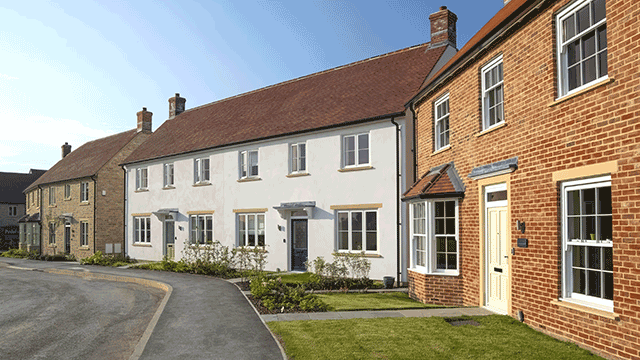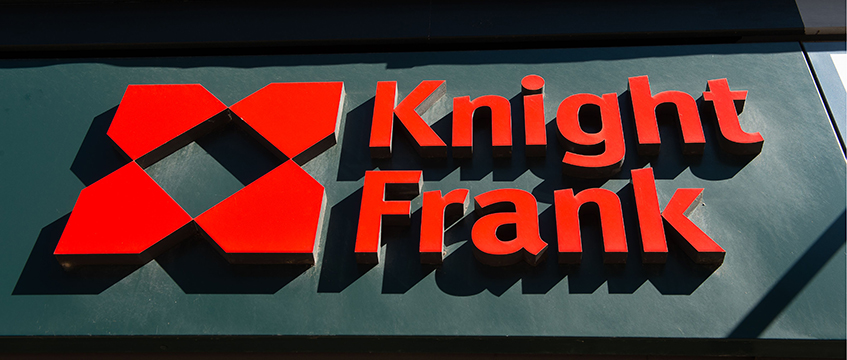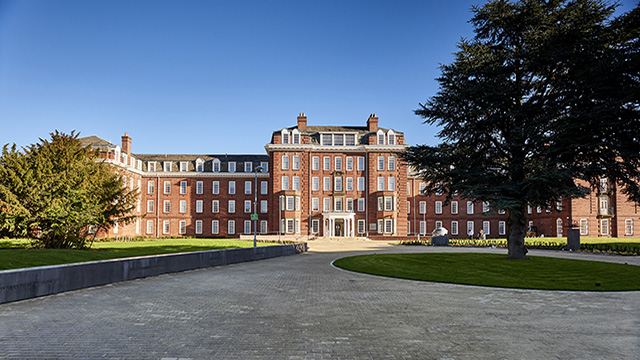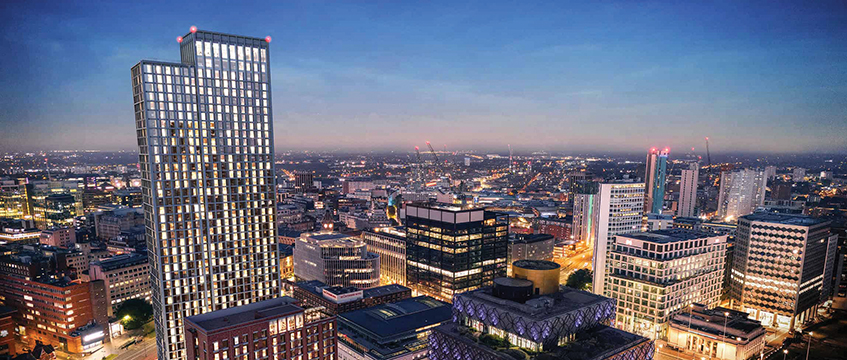 Estate regeneration in London requires a six- to 10-fold increase in density in order to be viable, the GLA planning committee has been told.
Estate regeneration in London requires a six- to 10-fold increase in density in order to be viable, the GLA planning committee has been told.
The committee was examining the options for estate regeneration as one way of solving the London housing crisis.
According to Chris Brown, chief executive of Igloo Regeneration, the complexity of estate ownership – due to Right-to-Buy – quality and environmental costs makes the price of regeneration difficult.
He said that in central London boroughs, where land values are high, developers would be lucky if one home for sale could pay for the replacement of one rented home. This means that financially viable estate regeneration needs to be double the density.
However, he added that this is does not include the cost of buying out leaseholders and initial costing, meaning that in outer areas density would have to be increased by six- to 10 times to make regeneration viable.
Cllr Ross Houston of the London borough of Barnet cited examples of the different methods being use by councils to bring estate regeneration forward, but said major concerns remain over fairness surrounding leaseholder ownership within the schemes.
Solutions suggested included using cheaper local authority funding in the regeneration of estates, and the potential viability of estate infill as opposed to regeneration. But the social costs of regeneration are also a massive issue, according to Pat Turnbull, of the London Tenants Federation.
“In the current situation we want to preserve all the social rented homes that currently exist. We do not want them to be regarded as a cash cow for cash starved councils, or a source of easy money for developers,” she said.










